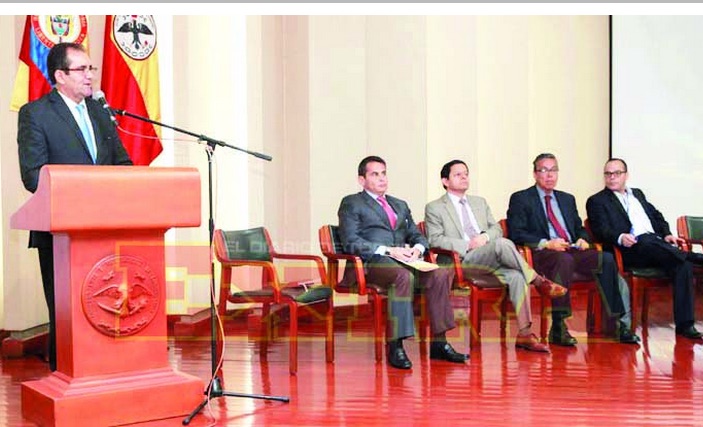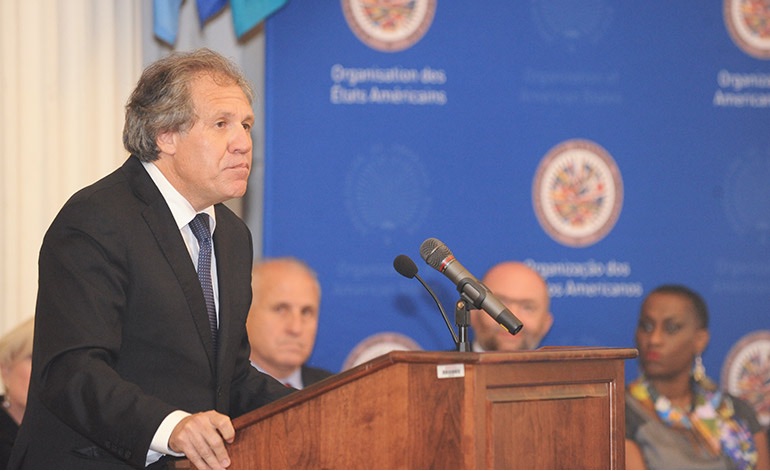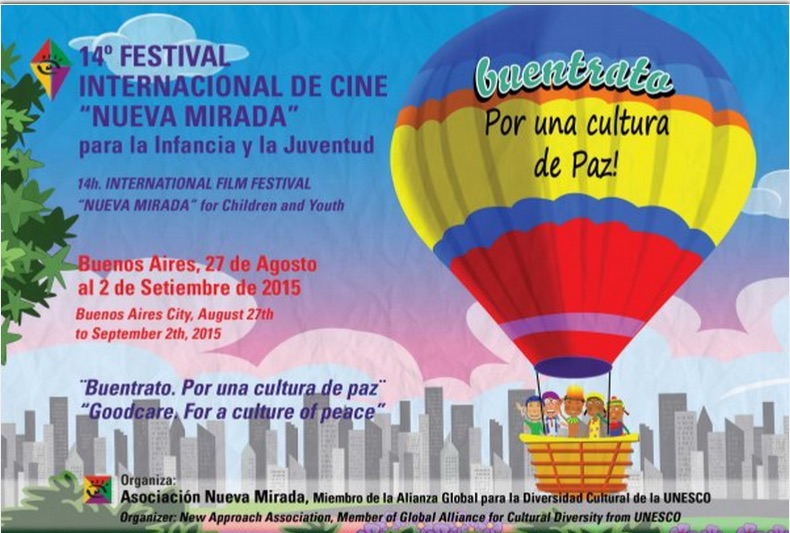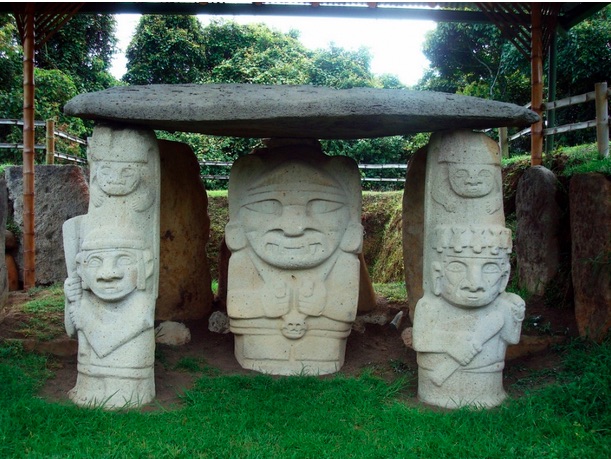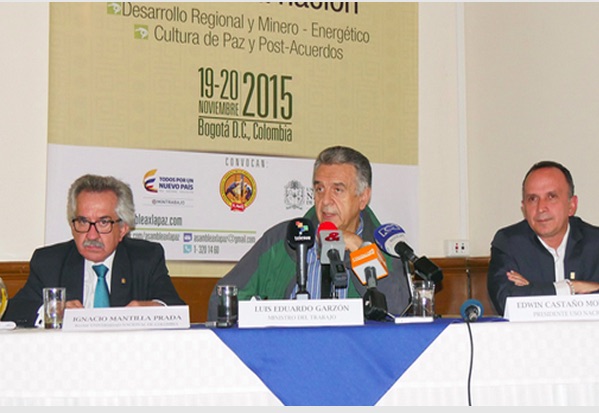FREE FLOW OF INFORMATION
An article from Deutsche Welle
The number of casualties and the humanitarian impact of the armed conflict has decreased since peace talks between the government and the FARC began, according to a report of the United Nations Office of Humanitarian Affairs (OCHA).
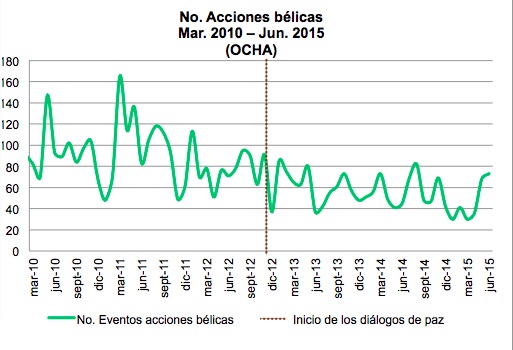
graph from OCHA report
The armed conflict from which Colombia has suffered for more than half a century has declined since 2012, when the government and the FARC guerrillas in Cuba began the peace process, according to the study which was presented in Bogotá.
Resident and Humanitarian Coordinator of the United Nations in Colombia, Fabrizio Hochschild said that since the negotiations began there has been a decline of up to 48 percent of the number of victims of the conflict.
Hochschild said that from November 2012 to June 2015 the percent of people forced by the conflict decreased by 27% compared to the 32 months prior to the peace process.
Fewer acts of war
The OCHA study, entitled “Humanitarian and Peace Trends from November 2012-June 2015” also indicates that, overall, there was a decrease during this period in the number of military actions of the guerrilla group, attacks on civilians, victims of landmines and kidnappings.
According to Hochschild, the figures decreased largely as a result of the six ceasefire declarations that have made by the Revolutionary Armed Forces of Colombia (FARC) during the peace process, which have helped to reduce by 60% and 52% respectively the figures for guerrilla attacks and displaced persons.
The FARC has upheld since last July 20 a ceasefire, which was answered by President Juan Manuel Santos by an order to the Air Force to suspend the bombing of guerrilla camps as part of an agreement to start a phase of de-escalation of the conflict.
Hope and concern
The delegate of the UN cataloged the current scenario as “encouraging” and highlighted the progress of the peace process, but said the OCHA study continues to show worrying data for violence in Colombia.
Hochschild said the state must take measures to prevent other armed groups from beginning to act in places where the FARC guerrilla group makes peace with the government and demobilizes.
He also said that so far this year 69 human rights defenders and political leaders have been killed, which he described as “alarming”, because in the same period in 2014 the figure was 35.
“That’s a major setback which is very unfortunate in terms of social protection and community leaders,” he said.
What is happening in Colombia, Is peace possible?
This discussion question applies to the following articles:
Colombian villagers practice non-violent resistance
Legacy of a Nonviolent Political Leader: Governor Guillermo Gaviria of Colombia
Working for a Culture of Peace in the Valley of the Cauca, Colombia
Remise des Prix de la Fondation Chirac pour la prévention des conflits
Chirac Foundation Prize for Conflict Prevention
The University and the Peace Process in Colombia
La paz supera coyunturas y fronteras (Colombia y Venezuela)
Peace is not stopped by borders (Colombia and Venezuela)
Campesinos colombianos celebran primer acuerdo agrario de paz
Colombian Govt and FARC Reach Agreement on First Stage of Peace Talks
Colombia Campaña de la ONU “La Paz es mía”
UN Campaign in Colombia:
Presidente colombiano reactivará la Comisión Nacional de Paz
Colombian President to Reactivate National Peace Commission
FARC-EP y Gobierno colombiano avanzan en acuerdos para la paz
FARC-EP and Colombia Government advance in their peace accords
Colombia debe ser también la Nación más educada en derechos humanos: Presidente Santos
Colombia should also be the most educated nation in human rights : President Santos
Gabriel García Márquez and the peace process in Colombia
Colombia amanece con un presidente reelecto, esperanzada en la paz
Colombia awakens to hopes for peace with the re-election of their president
Mujer, ruralidad y memoria, entre los temas del congreso de paz (Bogotá, Colombia)
Women, rurality and historical memory among the themes of the Peace Congress (Bogotá, Colombia)
Sonia Ines Goéz Orrego on a speaking tour in the U.S. to share her experience building peace in Colombia
Pax Christi International Peace Award 2015: Women Collective for Reflection and Action (Colombia)
FARC-EP y Gobierno colombiano crearán Comisión de la Verdad
Planning for a Peace Assembly in the Colombian Caribbean
Inician construcción de Asamblea por la Paz en el caribe colombiano
Colombia: Ministerio del Trabajo acompañará, garantizará y facilitará Segunda Asamblea Nacional por la Paz
Colombia: The Labor Minister will provide full guarantees, facilitate and promote the Second National Assembly for Peace
Colombia: The Labor Minister will provide full guarantees, facilitate and promote the Second National Assembly for Peace
San Agustín, Colombia: escenario de la Bienal internacional de educación y cultura de paz
San Agustin, Colombia to host International Biennial of Education and Culture of Peace
Carta de Colombia
Letter from Colombia
Colombia: Autoridades municipales se preparan para el posconflicto en Cundinamarca
Colombia: Municipal Authorities prepare for post-conflict peace-building in Cundinamarca
